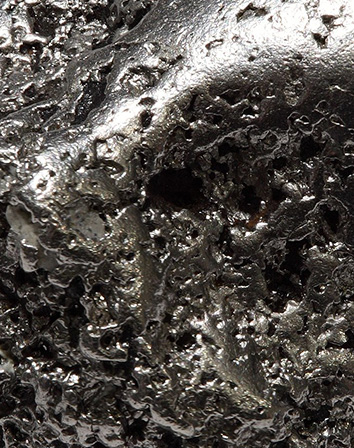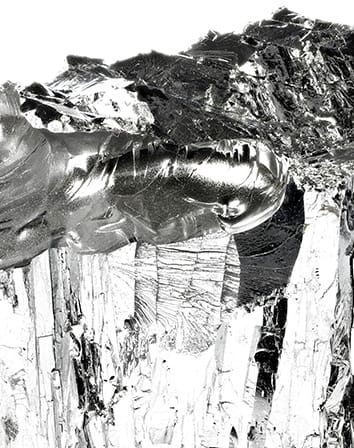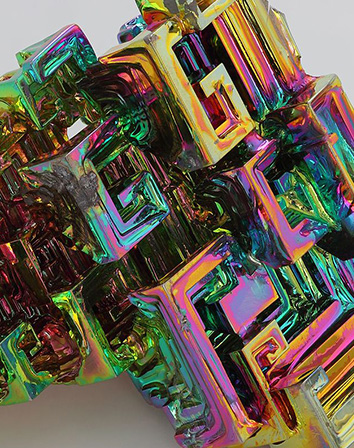Platinum group metals

Pt
78
Platinum
A valuable, shiny, silver-colored precious metal with a high density and formability. Platinum is used in the production of catalysts, jewelry, and fuel cells.

Os
76
Osmium
A steel-blue metal with a very high melting point and an extremely high density. Osmium alloys are found in expensive ballpoint pens and medical implants.

Ir
77
Iridium
A very heavy, hard, silvery-white, shiny precious metal with extremely high corrosion resistance. Its alloys are used in surgical instruments and ignition plugs for plane engines.

Ru
44
Ruthenium
A hard, brittle, silvery to matte-gray precious metal. It is mainly used in electrical contacts and as a catalyst in chemical processes.

Rh
45
Rhodium
A silvery, shiny precious metal with high reflectivity. It is frequently used as a catalyst, for instance in vehicles and in the industrial manufacture of basic chemical substances.

Pd
46
Palladium
A silvery, shiny precious metal that is primarily used as a catalyst – in addition to more exotic applications, such as in jewelry or tooth implants.
Minor metals

Te
52
Tellurium
In its stable form, a brittle metalloid that has a metallic, silvery-white sheen and is not water-soluble. In its pure state, it is used in solar cells, for example.

Re
75
Rhenium
A silvery, shiny, hard metal with a high density. It is included in alloys that are used in aircraft engines and thermal elements, among other things.

Sb
51
Antimony
In its stable form, a brittle, shiny, silver-colored metalloid. It is an important alloying element; for instance, it is alloyed with lead in lead-acid batteries.

Bi
83
Bismuth
A hard, brittle metal with a crystalline structure. Interferences in a thin oxide layer lead to tempering colors in the metal. Bismuth is used to produce alloys and as a catalyst.

Se
34
Selenium
Not a metal, but a chalcogen. In its most stable form (its gray form), it is similar to metal. It is used in the semiconductor sector and in the cosmetics industry, for example.
